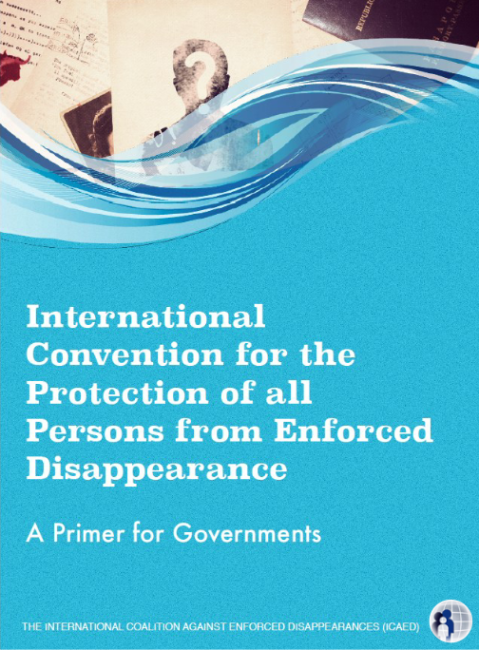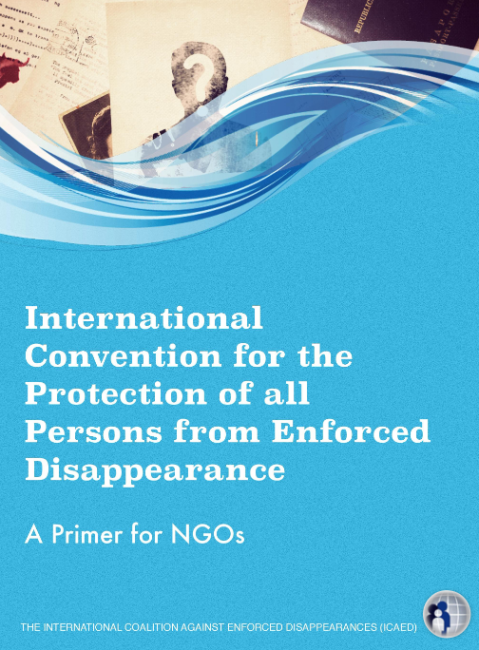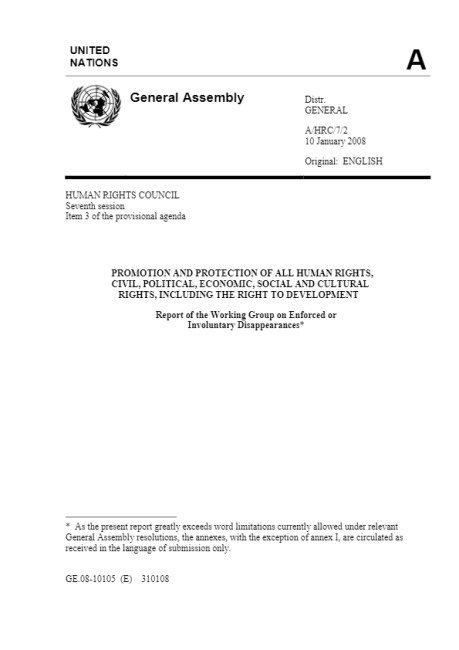The role of the Judicial Morgue in Argentina's state terrorism: bureaucratic circuits of repression (1976–83)
The military coup of March 1976 in Argentina ruptured the prevailing institutional order, with the greater part of its repressive strategy built on clandestine practices and tactics (death, torture and disappearance) that sowed fear across large swathes of Argentine society. Simultaneously, the terrorist state established a parallel, de facto legal order through which it endeavoured to legitimise its actions. Among other social forces, the judicial branch played a pivotal role in this project of legitimisation. While conscious of the fact that many of those inside the justice system were also targets of oppression, I would like to argue that the dictatorship‘s approach was not to establish a new judicial authority but, rather, to build upon the existing institutional structure, remodelling it to suit its own interests and objectives. Based on an analysis of the criminal and administrative proceedings that together were known as the Case of the judicial morgue, this article aims to examine the ways in which the bodies of the detained-disappeared that entered the morgue during the dictatorship were handled, as well as the rationales and practices of the doctors and other employees who played a part in this process. Finally, it aims to reflect upon the traces left by judicial and administrative bureaucratic structures in relation to the crimes committed by the dictatorship, and on the legal strategies adopted by lawyers and the families of the victims.







